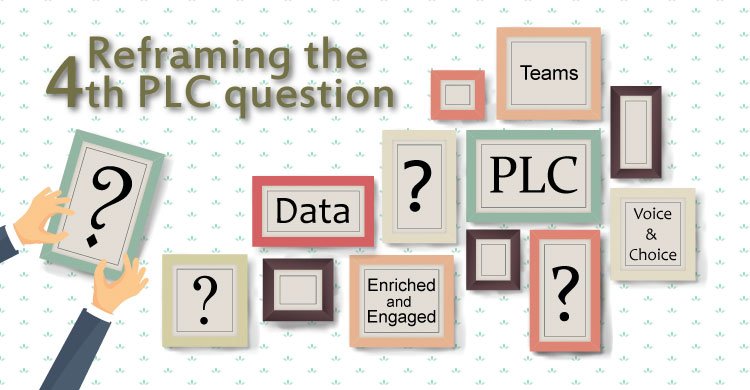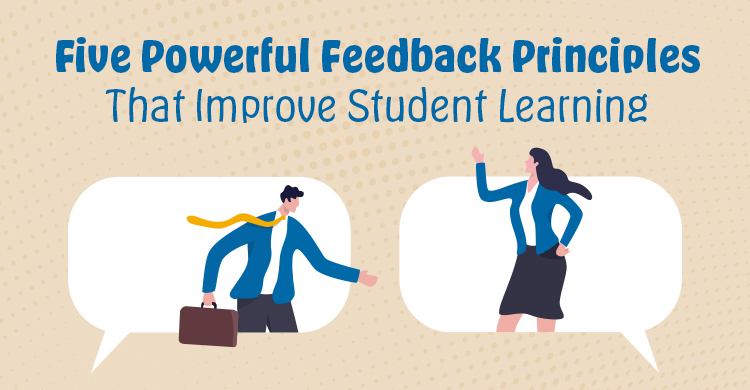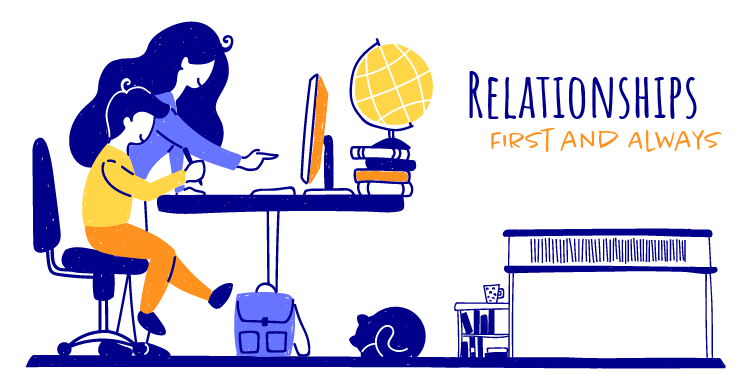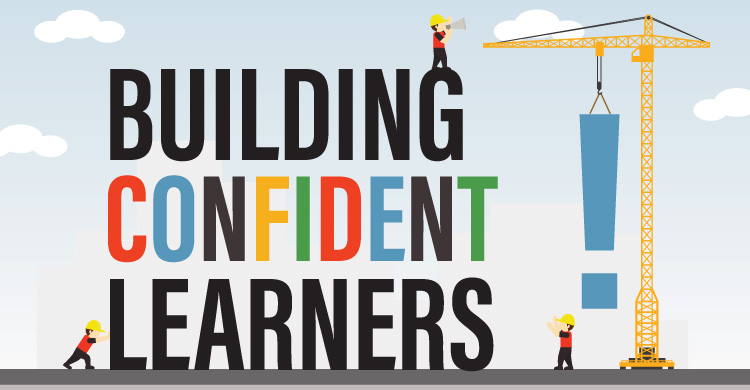Educators from all over the country are wrapping up summer and are going to be or have already gone back to school with colleagues and students. Many of these educators are also getting ready to renew their efforts in their collaborative teams, where they focus on the four critical questions of a Professional Learning Community at Work™.
The four critical questions are:
- What do we want students to learn?
- How will we know if they have learned?
- What will we do if they don’t learn?
- What will we do if they already know it?
(DuFour, DuFour, Eaker, Many, Mattos, 2016)
In recent years, I have taken a special interest in this last question, critical question four, because I hear over and over again how members of collaborative teams really don’t spend much time, if any, on developing plans for those who “already know it.” When asked why, the typical responses I hear center around what you might expect to hear, which includes lack of time, priorities given to students who need intervention, and just not knowing exactly what to do. While it makes sense to include this item among the main duties of a collaborative team (and I think most educators would agree that it belongs), it also seems clear that teams need help in thinking through how to make it come to life.
I have the opportunity to work in a district that developed a strategic plan focusing on non-negotiable areas such as a guaranteed and viable curriculum and professional learning community collaborative work teams. In addition, our district also purposely placed a focus on innovation. One of the specific innovative components of our strategic plan is personalized learning. Through teacher work groups and our own trial and error, we have found that personalized learning presents a wonderful tool, mindset, and philosophy for thinking about how to address critical question four, which has helped collaborative teams become stronger in working through all four questions. By looking at personalized learning as one strategy to accomplish a task where teams have struggled, progress has mounted.
It needs to be noted that looking at question four through the lens of personalized learning is not the only strategy for teams who are looking to grow in their examination of critical question four of their collaborative team. There are many ways for teams to consider this task. Your team may decide to discover activities for students who are considered the top in the class, and/or you may decide to spend time analyzing ways to impact all students, not just those who already know it. I would suggest that taking either stance on this is great, as it means you are spending some energy around this critical question. However, while this may seem like a dichotomy, it is actually a great example of what Jim Collins calls “the tyranny of or, the genius of and.” In fact, in our district, we would suggest that teams do both, and we will even see some blurred lines between the two ways of thinking.
Personalized Learning for PLCs
When thinking of personalized learning as a way of thinking through this question, it requires a little different mindset or what we call in our district, reframing. This reframing allows teams to develop strategies that will address all learners, not just those who already know it. What might your team’s conversations look like if you reframed the way you and your team talked about question four? What if, instead of asking what you will do if a student already knows it, you asked what would happen if you extended learning for all?
We have seen wonderful conversations, engaging lessons, and results occur when teachers collaboratively discuss ways to better address what our district has determined to be the five elements of personalized learning:
- Knowing your learner
- Voice and choice
- Data informed
- Flexibility
- Technology integration
A common strategy that we have seen teachers use successfully is to first learn about the specifics of personalized learning. Teams learn about what it is, why it is important to consider, how it gets implemented in classrooms, and what it will look like in their classroom. Armed with background knowledge, collaborative teams work together to determine a lesson, activity, or unit that, in their opinion, has become “stale.” After determining this starting point, team members determine what are load-bearing walls and non-load-bearing walls, which can look different from one team to the next. Personalized learning starts with the standards and indicators, which are the load-bearing walls. I have yet to visit a district or school that was so structured that there was no room whatsoever for teacher flexibility within the non-load-bearing walls. From there, teams discuss ways to utilize, enhance, and interconnect the various elements.
We have been amazed at the results we are getting by this approach, and it makes sense. Students are performing, they are engaged in their work, and they have the opportunity to use their strengths frequently. On one strategic plan survey question that we ask every January, 67 percent of our teachers, K–12, reported that they provide voice and choice in their classroom within a two-week time frame. By comparison, the 2016 Gallup student poll indicated 55 percent of students feel that they get to do what they do best in their school. This is, by the way, a great metric for teams to use when measuring their growth in personalized learning. Teachers who have embraced this philosophy have shared with us that it has been gratifying for them as well. In fact, one teacher shared with me that her “spark is back.”
It is important for collaborative teams to address all four critical questions in their work. When teams are beginning their work for the 2017–18 school year, I urge all of you to schedule and make time for your teams to talk about how you will address question four. How will your team accomplish this? As I have heard Becky DuFour suggest numerous times when solving problems in collaborative teams, the answer is in the room. Take some time in the upcoming weeks to talk about what your team’s approach will be. Will you focus solely on activities for the highest performers? Will you learn more about personalized learning or another strategy that will allow for all students to be enriched and engaged? Will you focus on both? Whatever your answer, I urge you to start.
Have a great school year, and don’t hesitate to reach out to me through this blog or Twitter @westsideweichel.
References:
Collins, J., & Porras, J. I. (1994). Built to Last: Successful Habits of Visionary Companies. New York: HarperBusiness.
DuFour, R., DuFour, R., Eaker, R., Many, T. & Mattos, M. (2016). Learning by Doing: A Handbook for Professional Learning Communities at Work (3rd ed.) Bloomington, IN: Solution Tree.
Gallup. (2017, August 8). Gallup Student Poll. Retrieved from http://www.gallupstudentpoll.com/.
[author_bio id=”267″]






